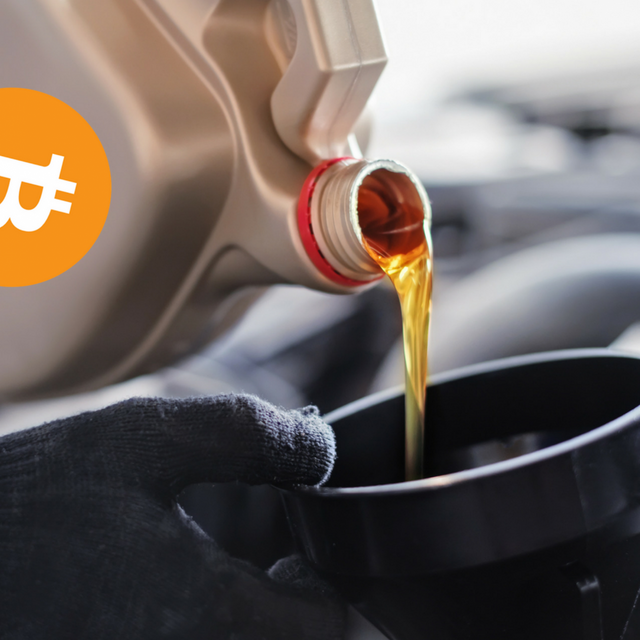Synthetic Bitcoin Is 100x More Lethal Than the Real Thing

Derivatives trading isn’t new, but it’s been enjoying a renaissance of late. As the cryptocurrency market has traded sideways, traders have upped the leverage and rushed to swap BTC derivatives that promise greater risk and reward. While platforms like Bitmex and Deribit have profited from the boom in synthetic assets, many traders have been left high and dry.
Derivatives Trading Is a Hazardous Pursuit With Little Margin for Error
Bitcoin investing is often portrayed as navigating a bumpy road, with each trough and pothole invoking a rallying cry to “Hodl” and persevere till the finish line. If the analogy is accurate, then derivatives trading is like speeding down that road on a motorbike at 160 mph. One false move – a flash crash here; a DDoS there – and it’s game over. Hit a pothole as a hodler and all you’ll lose is some USD off your portfolio. Do the same on 100x leverage and you’ll be liquidated on the spot. Trading synthetic assets, particularly on high leverage, is not for the faint-hearted. Nor is it for the inexperienced.

There are three types of synthetic options available to bitcoin traders: futures, derivatives, and margin. Some platforms, such as Bitmex, Whaleclub, and Deribit, offer all three. Traditional exchanges such as Bitfinex, Hitbtc, and Poloniex offer margin trading only, and then there’s the likes of Okcoin which offers futures and margin but no derivatives. Here’s how the three options play out:
Futures: A type of derivative contract that can include leverage of up to 100x, futures are an agreement to buy or sell an asset – in this case synthetic BTC – at a future date for a certain price.
Derivatives: A type of contract whose value is derived from that of another asset. On sites like Bitmex, it’s possible to trade options, swaps, and futures – all types of derivatives – with the possibility of higher returns thanks to leverage which multiplies the potential profit or loss, depending on how the trade goes.
Margin: A type of trade in which money is borrowed from a broker with the expectation that they will be repaid upon generating a profit. A minimum level of equity must be maintained on the platform, typically around 30%, to cover losses. If the balance falls below this, additional funds must be covered to account for the shortfall.